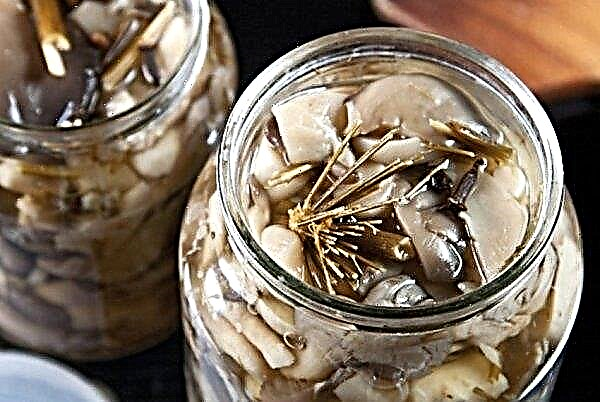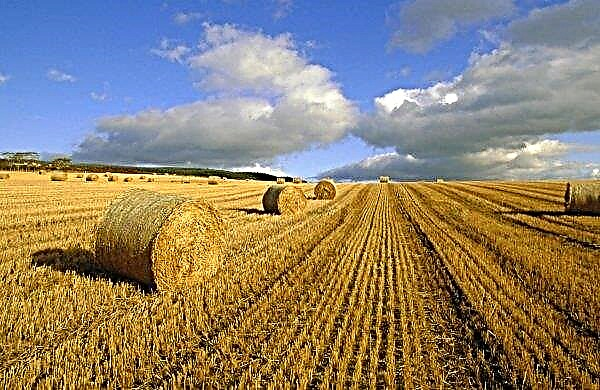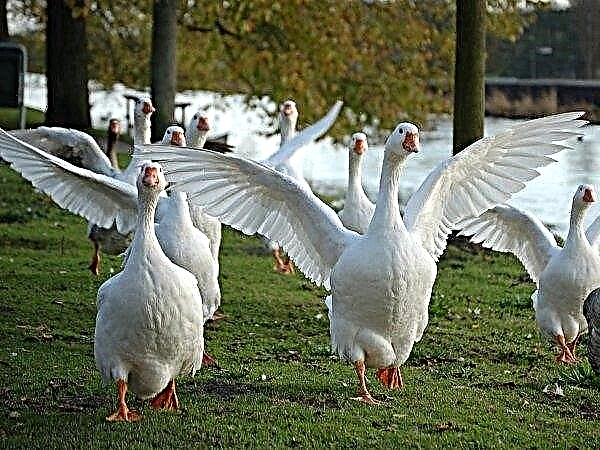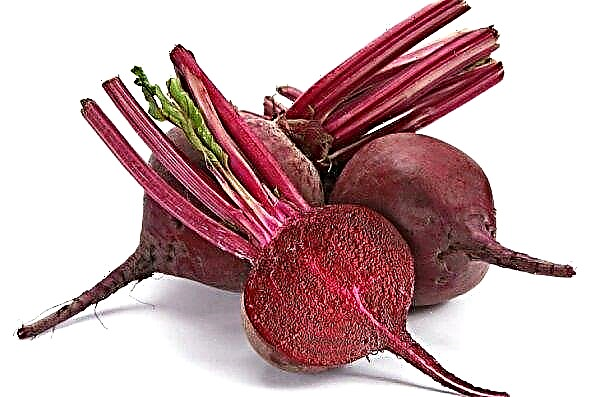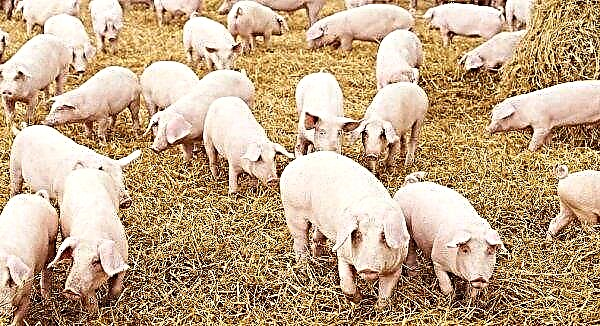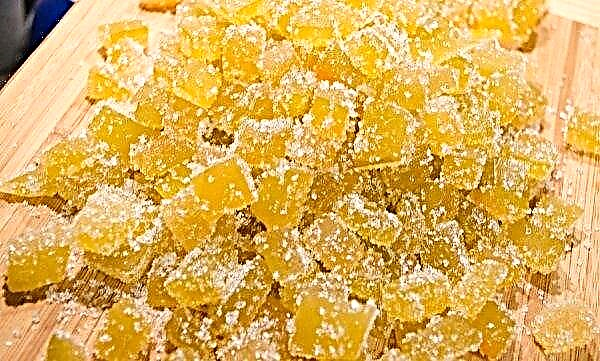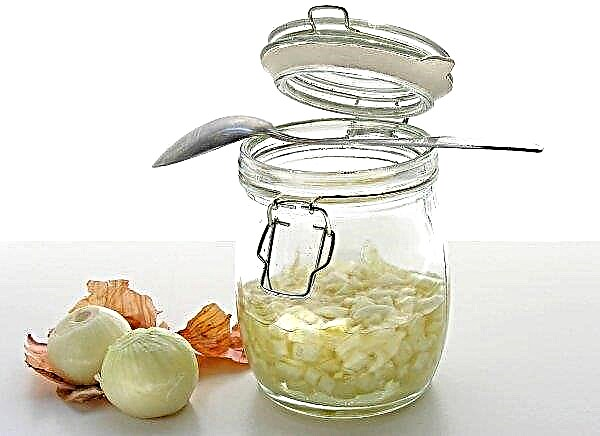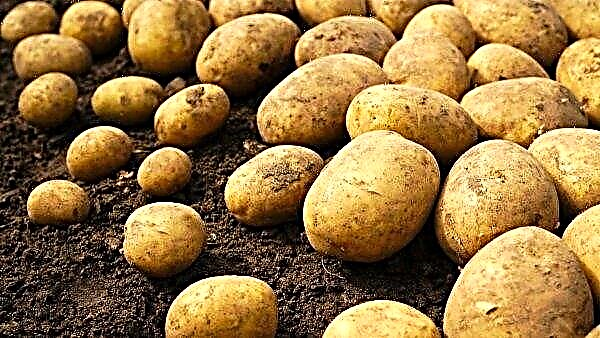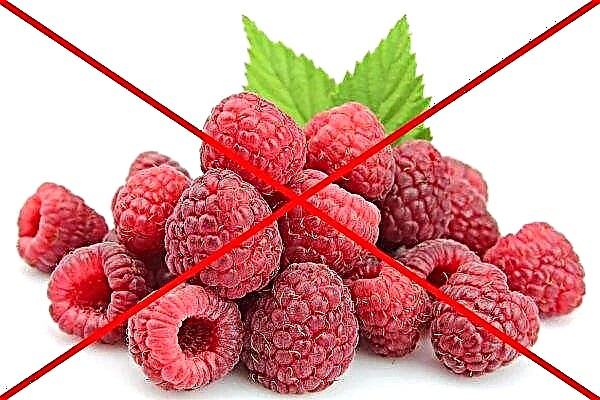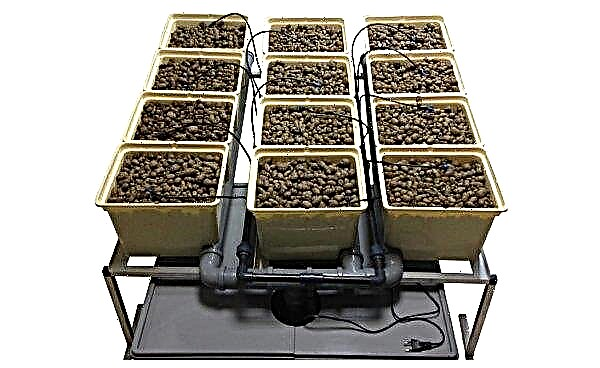Panicled hydrangea is an excellent representative of garden flowering shrubs. Among its relatives of hydrangeas, it stands out for its snow-white and pink inflorescences in the form of large cone-shaped pompons. Luxurious and long flowering is due to the timely feeding of the plant with the necessary nutrients. This will be discussed in this article.
How to feed panicle hydrangea
Hydrangea is very fond of moisture, but due to frequent plentiful watering, substances useful for culture are washed out of the soil. Therefore, throughout the growing season, the bush needs top dressing. For him, such important macrocells as nitrogen, potassium and phosphorus are important, as well as many trace elements, for example, iron, magnesium, manganese, etc. But depending on the time of year and the stage of plant development, the need for some minerals increases, while in others it decreases.
Important! Fertilizers are applied only to moist ground so that they do not harm the root system. Therefore, hydrangea can be fed only after watering or rain.
How to feed panicle hydrangea:
- special compositions for hydrangeas, azaleas and rhododendrons, containing all the necessary micro and macro elements;
- complex mineral fertilizers (for example, nitroammophos), in which there are three main components - nitrogen, phosphorus and potassium;
- urea and other nitrogen fertilizing:
- superphosphate, which is a source of phosphorus;
- potassium sulfate;
- organic fertilizers, for example, a solution of mullein or bird droppings (diluted 1:10 in water).

During budding
In late spring, when the foliage has already blossomed, flower buds begin to set. In June, budding continues.
During this period, plants most need:
- potassium, which is responsible for the formation of ovaries;
- phosphorus, which strengthens the root system and promotes abundant flowering.
 To prepare the nutritional composition you need to dissolve 1 tbsp. In 10 l of water. l superphosphate and potassium sulfate.
To prepare the nutritional composition you need to dissolve 1 tbsp. In 10 l of water. l superphosphate and potassium sulfate.You can feed the plant with ready-made preparations for hydrangea with the appropriate composition. If complex fertilizer is used, it is important that it contains a minimum nitrogen content and a maximum of potassium and phosphorus. Granular fertilizers are dug into the root zone, and powdered fertilizers are dissolved in water according to the instructions.
Before flowering
In June-July, 2 weeks before the start of flowering, you need to apply potassium-phosphorus top dressing under the root. Instead of the recipe described above, potassium monophosphate is also used, in which phosphorus and potassium are contained in the optimum amount.
The advantage of ready-made supplements for hydrangeas is that they contain all the necessary nutrients, including trace elements. In simple fertilizers, superphosphate and potassium monophosphate, there are no such additives. Therefore, it is desirable to add humates with a rich chemical composition.
During flowering
At the time of mass flowering (in July or August), you can repeat the application of potassium-phosphorus fertilizer. This will contribute to the extension of flowering, the laying of new flower ovaries and their active blooming. This measure is especially relevant if the blossoming inflorescences are small and pale.
Important! Nitrogen must be excluded during this period from top dressing. Otherwise, the bush, instead of releasing buds, will continue to grow green mass.
For lush flowering
A feature of all types of hydrangeas is their love of acidic soil. Sometimes it happens that the bush even after making fertilizing looks sluggish and weakly blooms. The reason may be that the soil is not acidic enough, because of which the plant does not absorb fertilizers well. Therefore, the soil needs to be acidified from time to time, pouring it with acidic water (in 10 l dilute 100 ml of apple cider vinegar or 20-40 g of citric acid). Also, acidic foods (but without salt) diluted in water are suitable for this purpose.
For instance:
- dairy products (sour milk, kefir, whey) in a ratio of 1:10;
- stale rye bread (1 kg per 10 liters of water);
- fresh yeast (100 g per bucket of water) or dry (10 g per 10 l of water).
Important! Hydrangeas cannot be fertilized with ash and lime, as they alkalize the earth. The plant becomes weak, painful and loses its decorative effect.
Bread and yeast solutions are infused for a day, and kefir solution can be watered immediately. Such nutritious irrigation not only acidifies the soil, but also saturates it with trace elements. Thanks to them, hydrangea bushes are strong, bright green and bloom lushly. Such top dressing cannot completely replace mineral fertilizers, but perfectly complement them. Therefore, it is desirable to alternate them.
With a lack of potassium
Hydrangea is very sensitive to a lack of essential nutrients, especially potassium.
The appearance of the plant will tell about potassium starvation:
- the edges of the leaves turn yellow and dry;
- buds develop with a delay;
- flowering inflorescences are small.

You can correct the situation by immediately applying any potash fertilizer: potassium sulfate, potassium sulfate or potassium permanganate (potassium permanganate). But do not wait for the symptoms of potassium starvation to appear. For prevention, the bush can be watered and sprayed with a pink solution of potassium permanganate, three times a season. The plant heals, has large and strong peduncles and blooms beautifully.
Features of top dressing depending on the season
Feeding should have its own seasonal regimen.
This is due to the fact that hydrangea develops according to its schedule:
- in the spring she grows new shoots, leaves and sets buds;
- in the summer throws all his strength into flowering;
- prepares for wintering in the fall.

Without timely feeding, all stages of development are slowed down, small and few inflorescences are formed. In addition, a weakened plant becomes vulnerable to diseases and pests.
Important! If during planting the necessary fertilizers were introduced into the pit, then seasonal top dressing can be postponed for 2 years. But in conditions of poor, sandy soil, meals can not be taken.
In the spring
A hydrangea waking up after wintering directs all efforts to fulfill such important tasks as building up young shoots and foliage, as well as forming flower ovaries. The source of these forces for the plant is nitrogen. Therefore, it should be the main component of spring fertilizing. The first serving of nutrients is applied immediately after winter.
How to fertilize:
- a mixture of urea or other nitrogen fertilizer and potassium sulfate (1 tbsp each) is dissolved in a bucket of water;
- complex fertilizer containing nitrogen (nitroammophosk);
- organic matter: a solution of manure or bird droppings (1 liter per 10 liters of water).

In late spring, when ovaries appear on the branches, it is advisable to feed the bush a second time. In this case, it is already necessary to reduce the portion of nitrogen and increase the amount of phosphorus and potassium. Special ready-made mixtures for flowering shrubs with a balanced composition are suitable. And you can mix 1 tbsp on your own. superphosphate and potassium sulfate, add a little nitrogen fertilizer and dissolve everything in a bucket of water. In the same period, sprinkling with a light pink solution of potassium permanganate will not be superfluous.
Did you know? In Europe, white and red hydrangea has been known since the 18th century, it was brought from China and Japan. But they deliberately planted this flower only at the beginning of the 20th century.
In summer
In the summer, the plant is fully focused on setting buds and flowering. In this he is helped by feeding phosphorus-potassium fertilizers with various trace elements. And the flow of nitrogen must be completely stopped, otherwise the bush will "fatten" instead of blooming magnificent. Therefore, the mineral complexes used must contain a minimum of nitrogen or not at all. For the same reason, you should not water the bushes with slurry in the summer, because it has a lot of this element.
On fertile loamy and acidic soil it will be enough to fertilize hydrangea only two times during the summer: before flowering and during it. If the earth is poor in nutrients, then fertilizing will have to be done twice a month. In this case, it is advisable to alternate mineral fertilizers with natural ones made from acidic products.
Fall
In autumn, fertilizer is applied only once, after flowering. The purpose of this top dressing is to charge the plant with mineral elements to restore the forces lost during the season, lay new buds and prepare for winter rest. At this time, he needs phosphorus and potassium, nitrogen is not introduced.Mulching with organic fertilizers, for example, peat or humus, will give a good effect. In winter, the mulch spread under the bush will warm the root system and protect it from freezing. And in the spring, along with melt and rainwater, the fertilizer will seep into the ground and feed the plant.
What is the danger of deficiency and excess fertilizer
A lack of nutrients affects the development of the shrub, weakens its protective functions and worsens its decorative qualities.
The consequences of a deficiency of elements:
- nitrogen - the surface of the foliage turns yellow, the plant is weak, slowly developing;
- potassium - dark spots appear on the leaves, the border turns yellow and dries out;
- phosphorus - the leaves become purple;
- gland - chlorosis of leaves, it becomes pale or light yellow;
- acid in the ground - chlorosis.

To fix the situation and return the beautiful appearance of hydrangeas, the urgent introduction of the missing element into the soil will help. But if you overdo it with fertilizers, it will be worse. Every gardener knows that it is better to underfeed than to overfeed. After all, the consequences of an overabundance of chemical elements are harder to fight.
Did you know? The second name for hydrangea is «hydrangea» - It is translated from Greek as "a vessel with water." That was the name of the flower, perhaps because of its love of moisture or because of the shape of the seed boxes that looked like a jug.
Danger of excess elements:
- nitrogen - frost resistance of the plant is reduced, flowering is delayed, since all the forces are aimed at increasing the crown;
- potassium - leaves turn yellow ahead of time, inflorescences lose their decorative effect;
- phosphorus - trace elements (iron, zinc, etc.) are poorly absorbed, sensitivity to drought increases;
- calcium - interferes with the absorption of potassium and magnesium.

Feeding panicled hydrangea should satisfy its seasonal needs for nutrients and contribute to its health and beauty. Therefore, when applying fertilizer, you need to take into account the season and stage of plant development, soil composition and its acidity.

